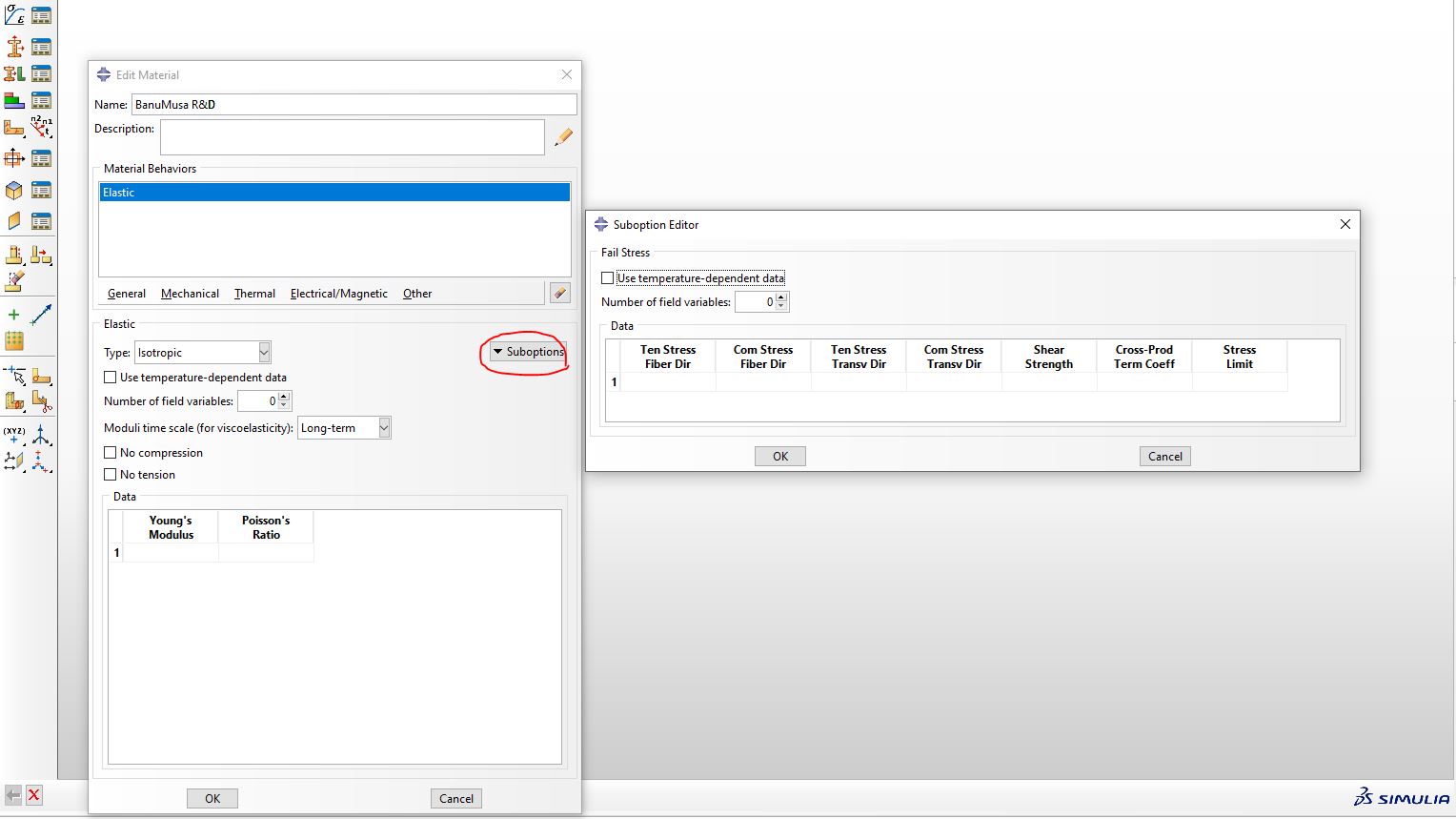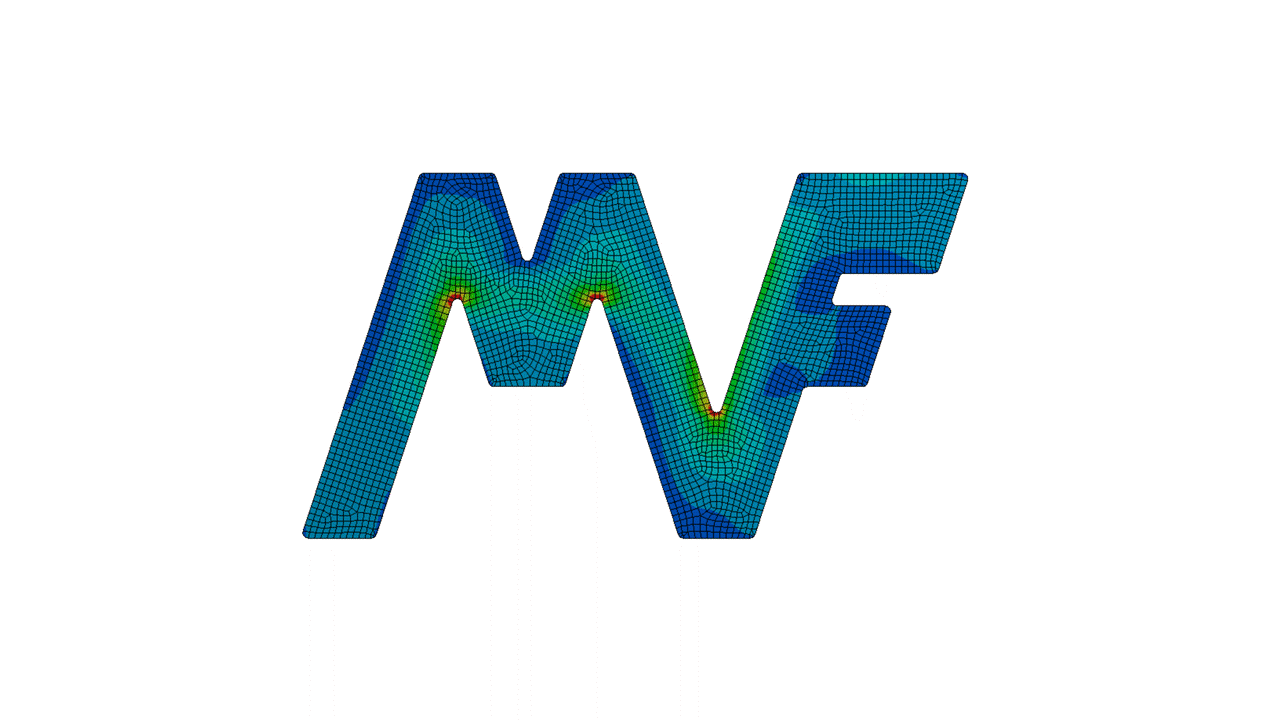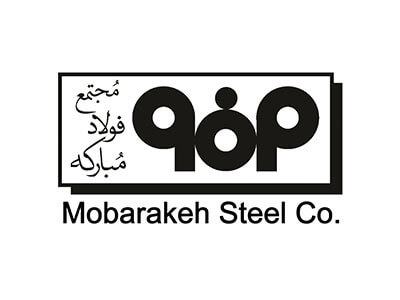Azzi-Tsai-Hill Failure Criterion For Laminated Composites
The Azzi-Tsai-Hill failure criterion is a mathematical equation that is used to predict the failure of a material under stress. It is commonly used in engineering applications to determine the safety of a FRP composite structure or component.
The Azzi-Tsai-Hill failure criterion is an extension of the Tsai-Hill criterion for laminated composites. The key differences are:
- It accounts for the variation of properties through the thickness of the laminate. Properties can be defined for each ply or group of plies.
- It allows for different material properties in the longitudinal, transverse, and through-thickness directions of each ply.
- It considers the influence of shear stresses acting in planes other than the principal material axes. This better represents the multi-axial stress state in laminates.
- It includes interaction terms between normal stresses and transverse shear stresses. These interaction terms can be significant for some laminate configurations.
The Azzi-Tsai-Hill failure criterion is the same as the Tsai-Hill failure criterion, except that the absolute value of the cross-product term is taken as follows:

The Azzi-Tsai-Hill failure criterion has the following benefits and limitations:
Azzi-Tsai-Hill failure criterion benefits
- It can account for anisotropy in the material properties, which is important for composite laminates that have fibers oriented in different directions.
- It can consider both tensile and compressive strengths in different directions, which are often different for composites.
- It can predict failure under complex loading conditions involving combinations of stresses.
- It has been shown to provide fairly accurate failure predictions for many types of composite laminates.
Azzi-Tsai-Hill failure criterion limits
- It is a phenomenological model that relies on experimentally determined failure parameters. It does not describe failure at a microscopic level.
- The failure parameters are determined from coupon-level tests, which may not represent actual structures where stresses are more complex.
- It assumes a linear failure envelope, which may not be accurate for some composites that exhibit nonlinear failure behavior.
- It does not account for factors like stress concentrations, fiber misalignments, or material defects that can influence actual failure loads.
- The failure parameters can vary with load levels, temperature, and environmental effects, which the model does not consider.
Azzi-Tsai-Hill criteria in Abaqus
This criterion can be accessed in Abaqus software through the following path.
ABAQUS CAE:
Property module: material editor: Mechanical Elasticity
Elasticity Elastic: Suboptions
Elastic: Suboptions Fail Stress
Fail Stress
This criterion is used for the state of plane stress.
So in summary, the Azzi-Tsai-Hill criteria provides a useful macroscopic model for predicting failure of composite laminates based on anisotropic strength properties, but it has limitations stemming from its empirical nature and simplifying assumptions.













